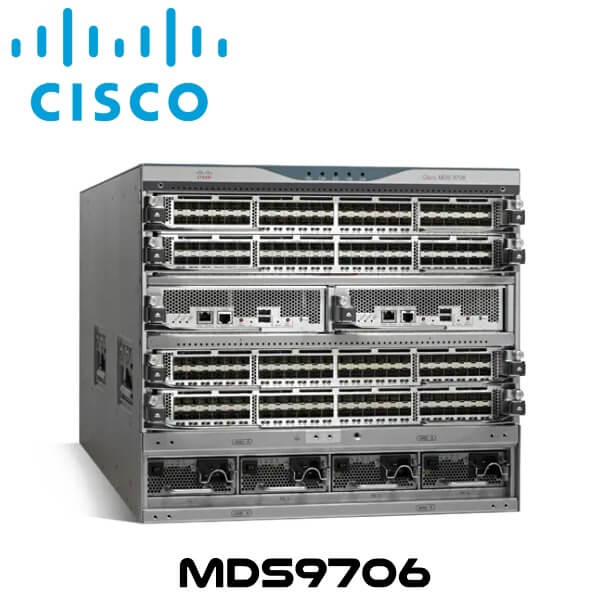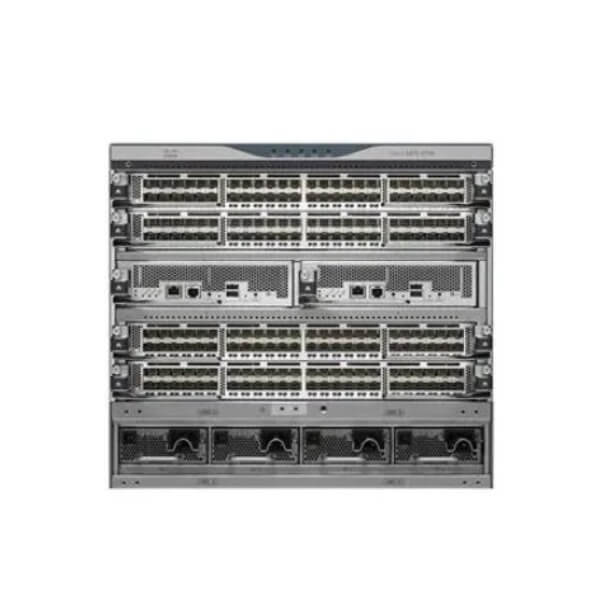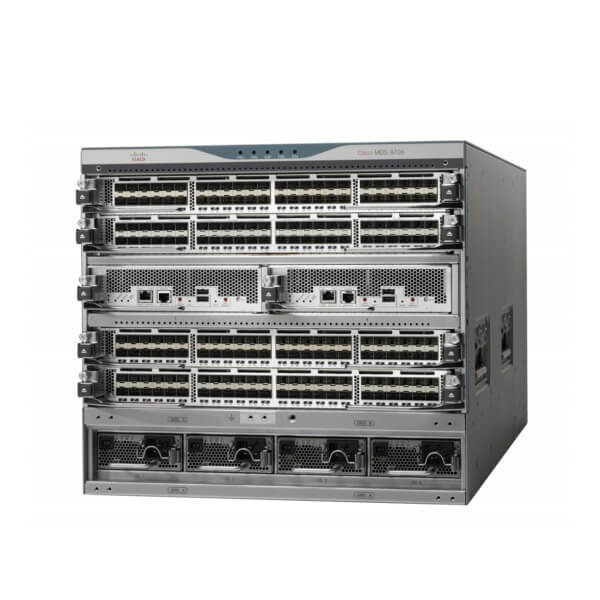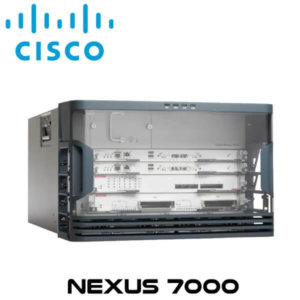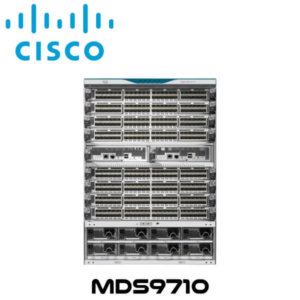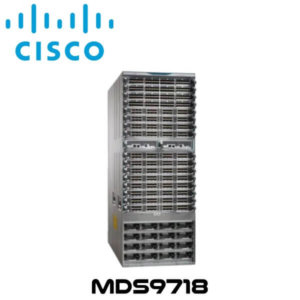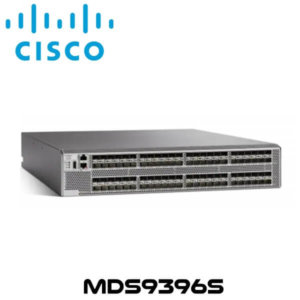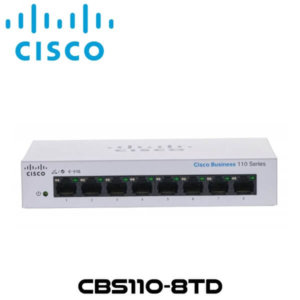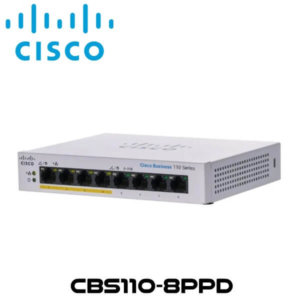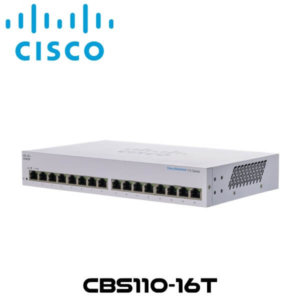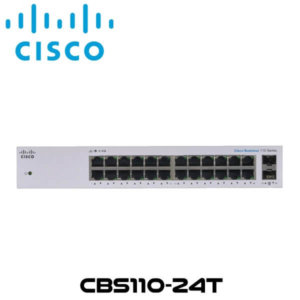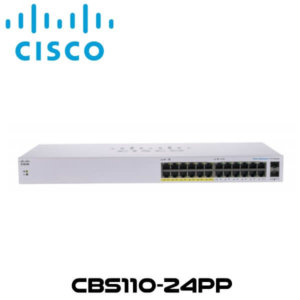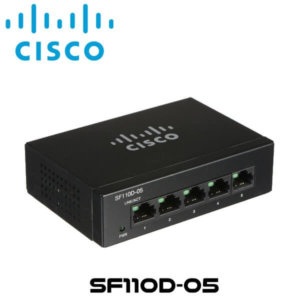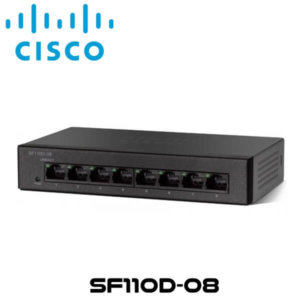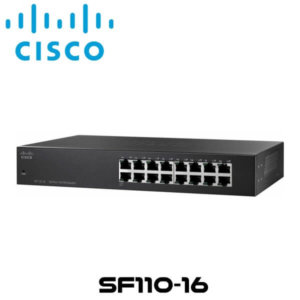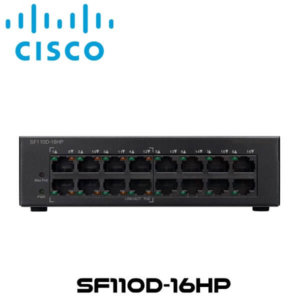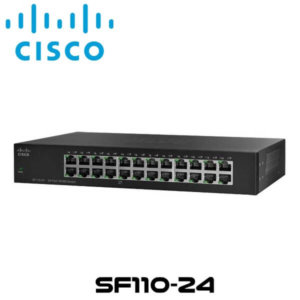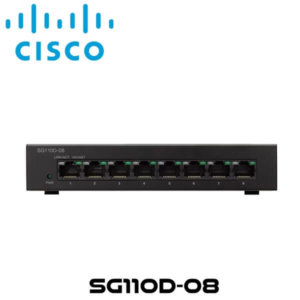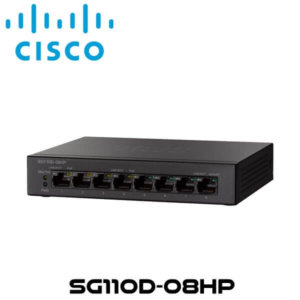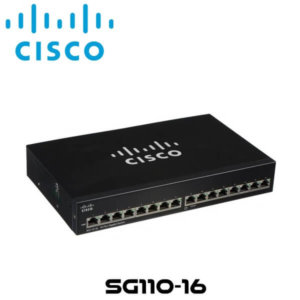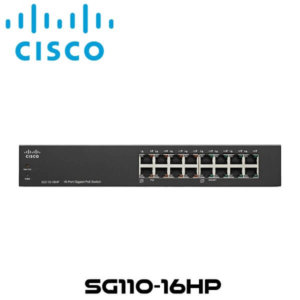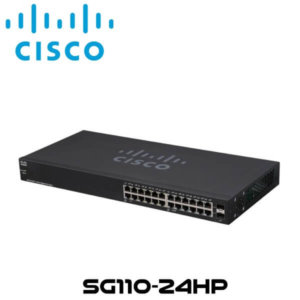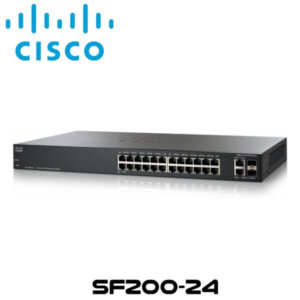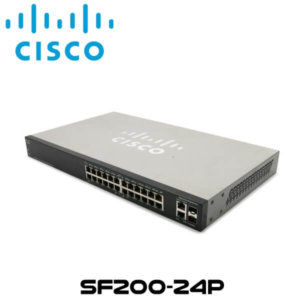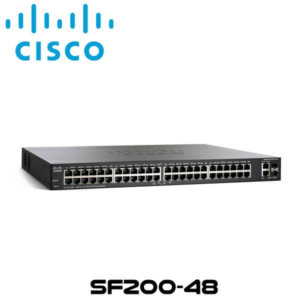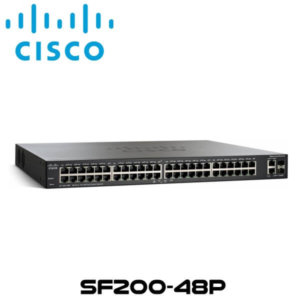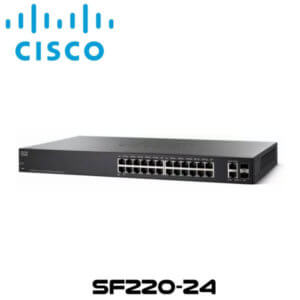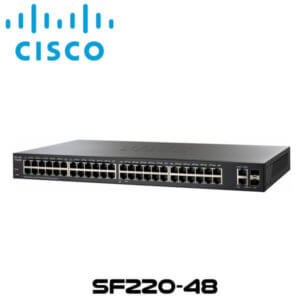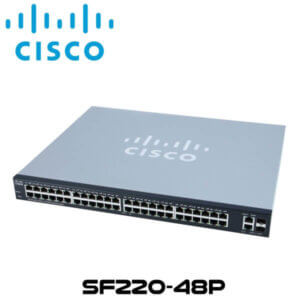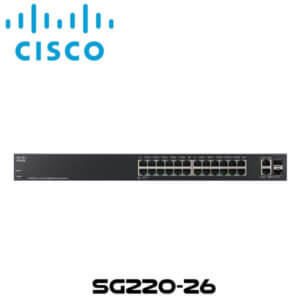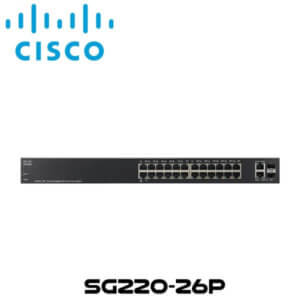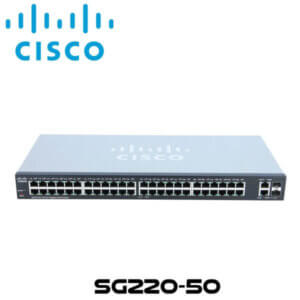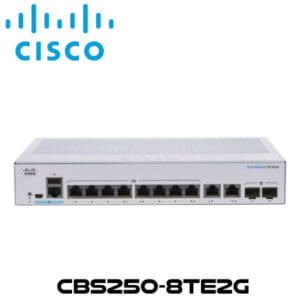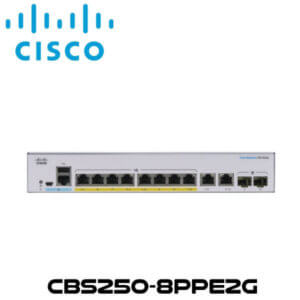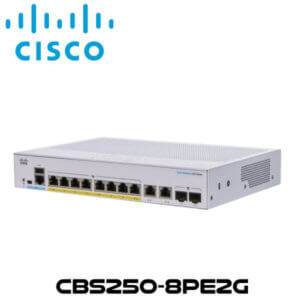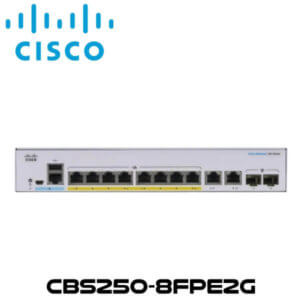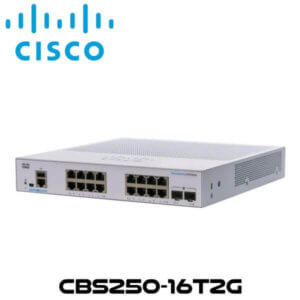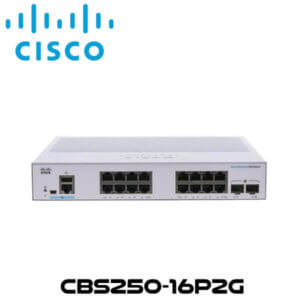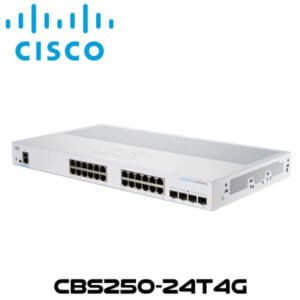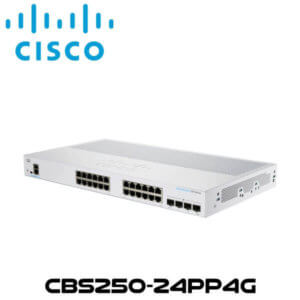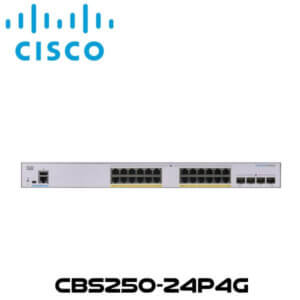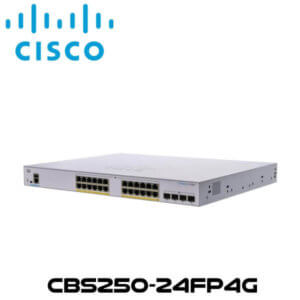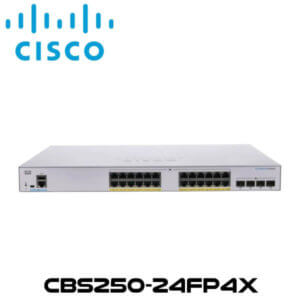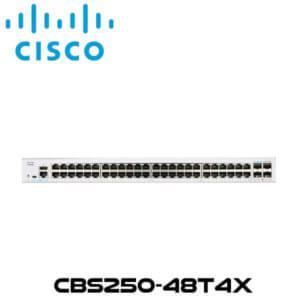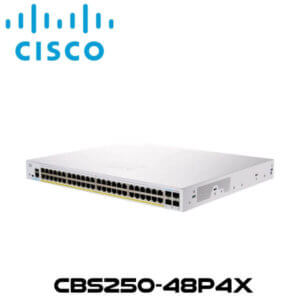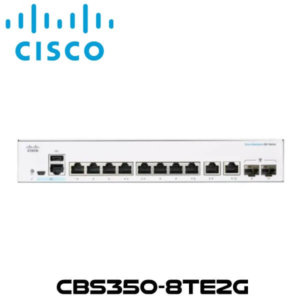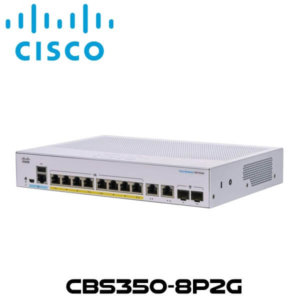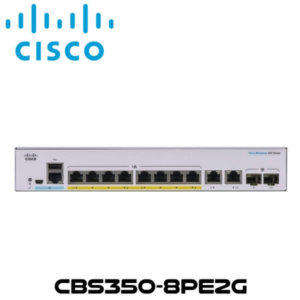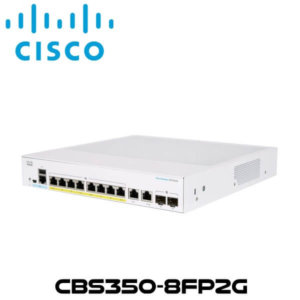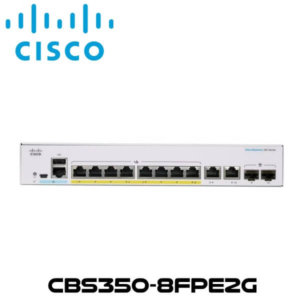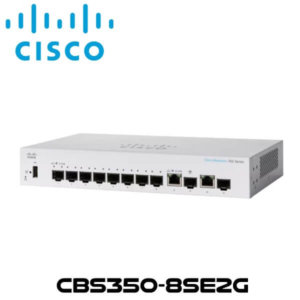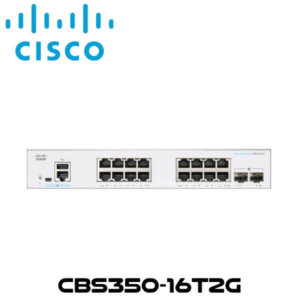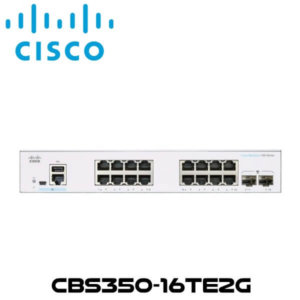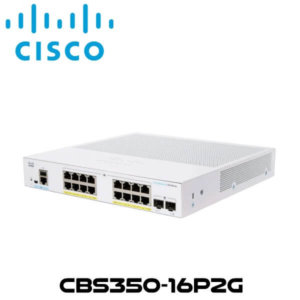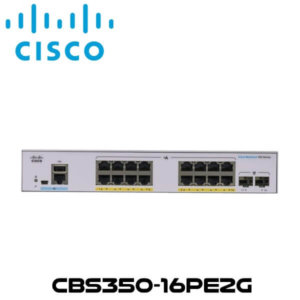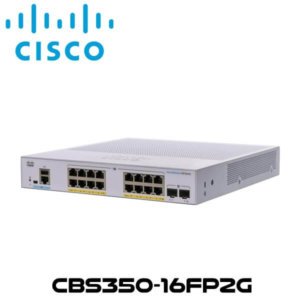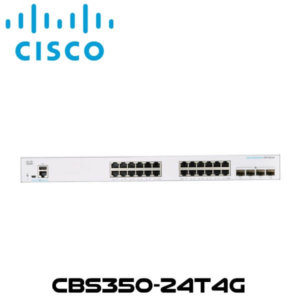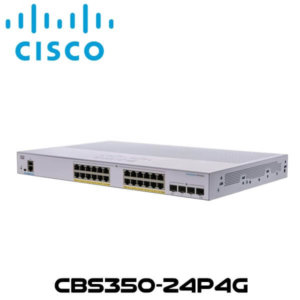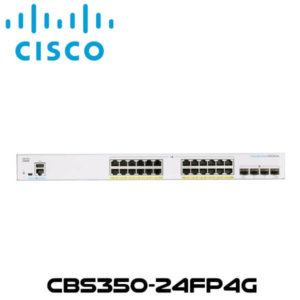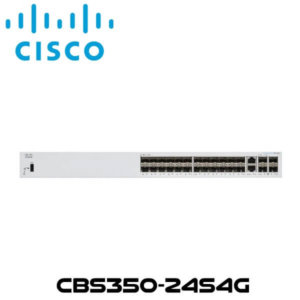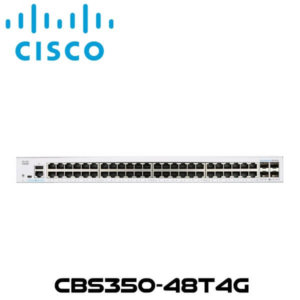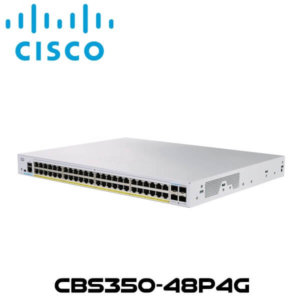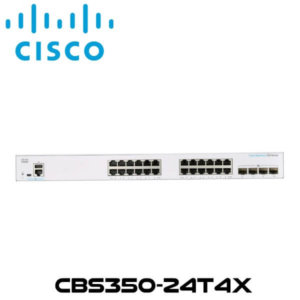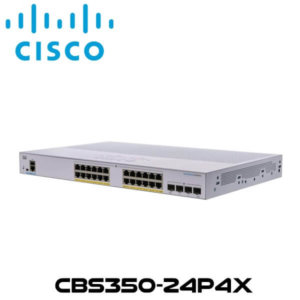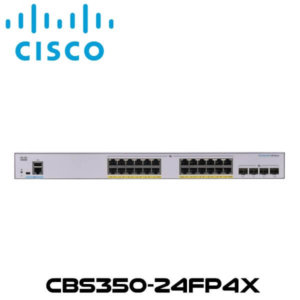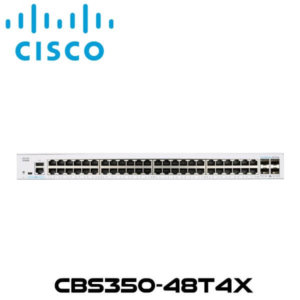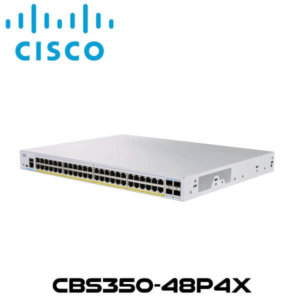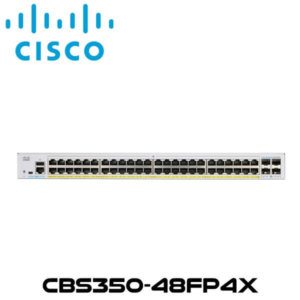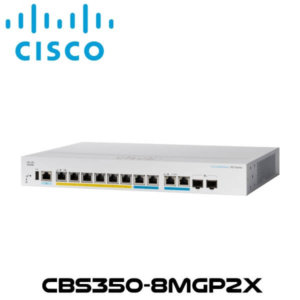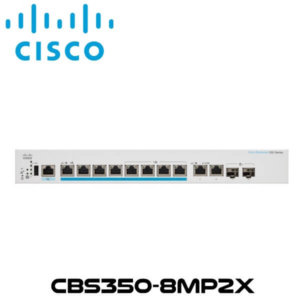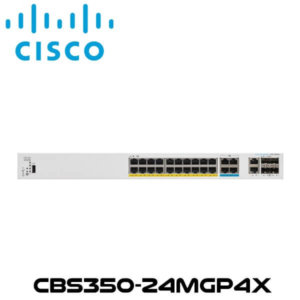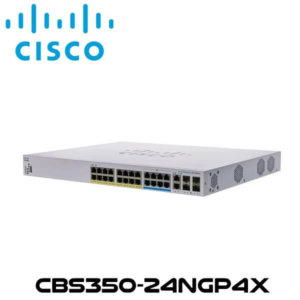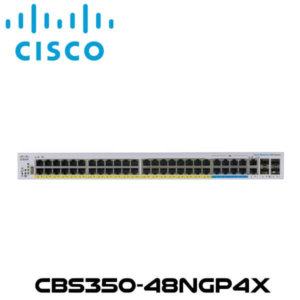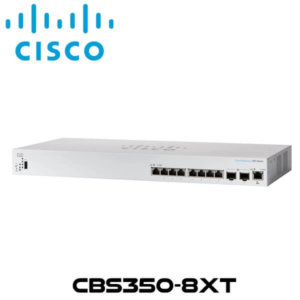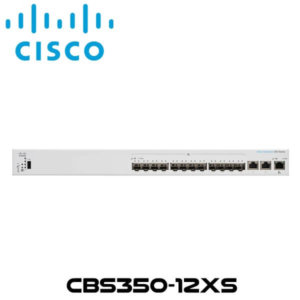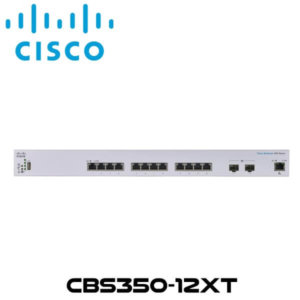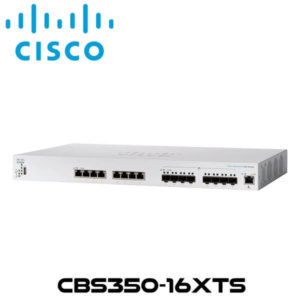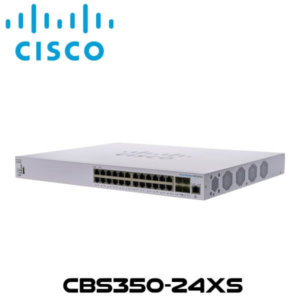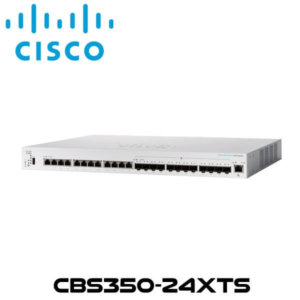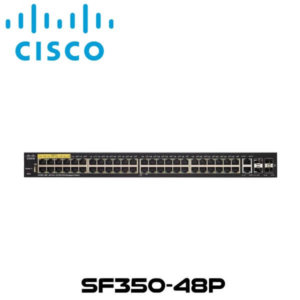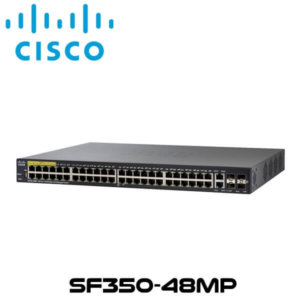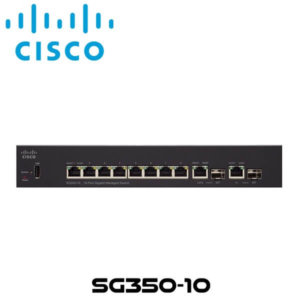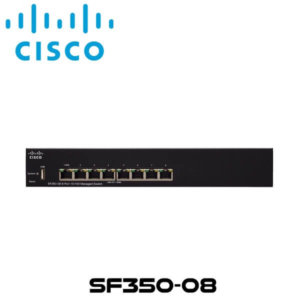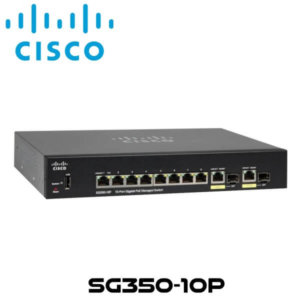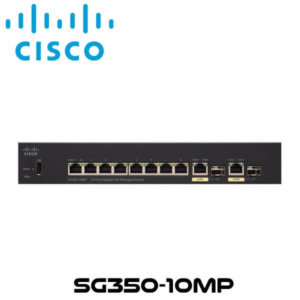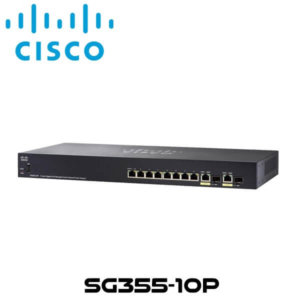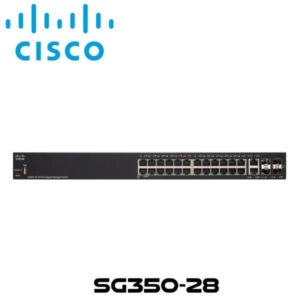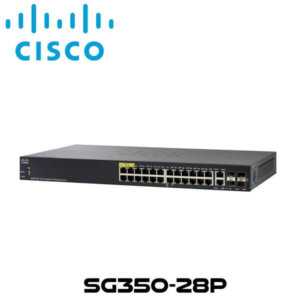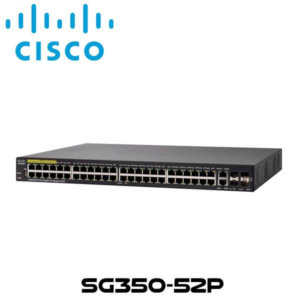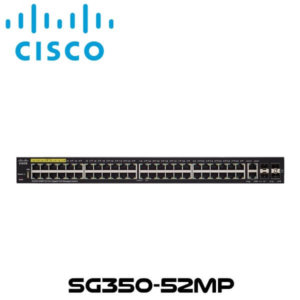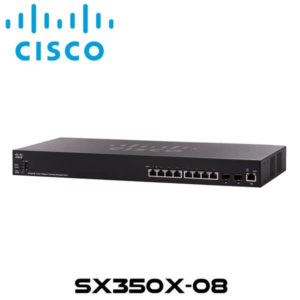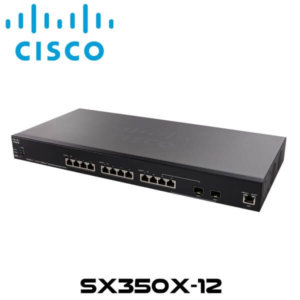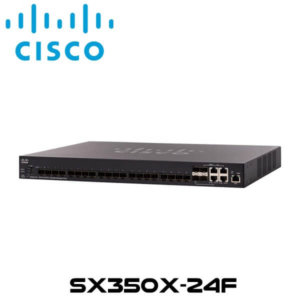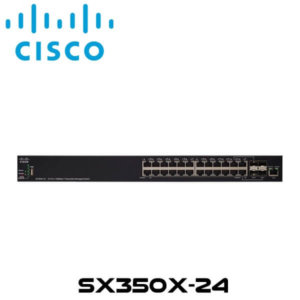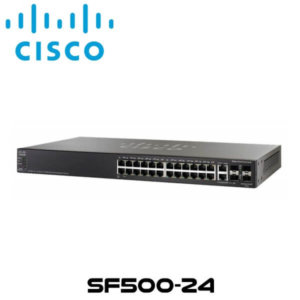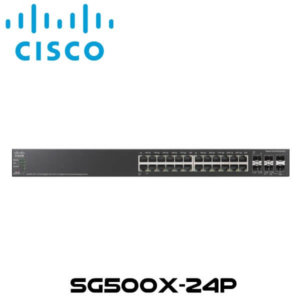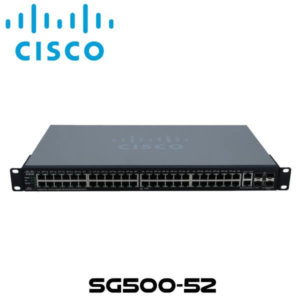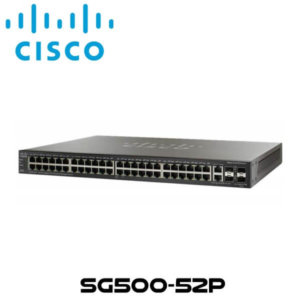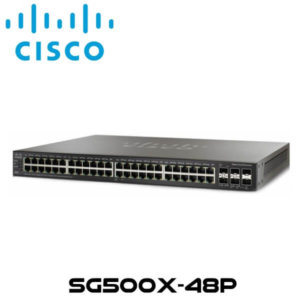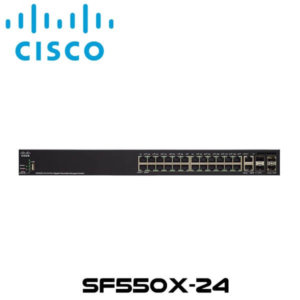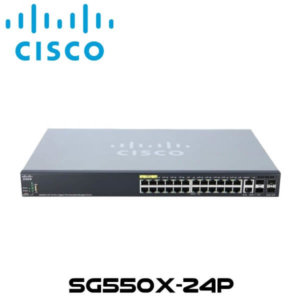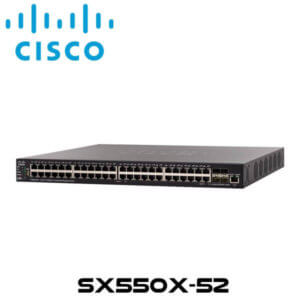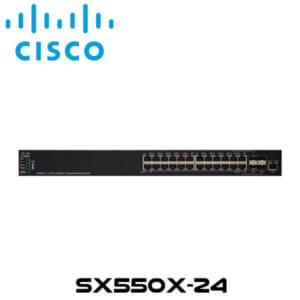Description
Cisco MDS9706 Multilayer Director Kenya
The Cisco MDS9706 Kenya Multilayer Director is a director-class SAN switch that easily consolidate data assets into fewer, larger, and more manageable SANs to reduce your hardware footprint and associated Capital Expenditures (CapEx) and Operating Expenses (OpEx). The Cisco MDS9706 Kenya Multilayer Director is a director-class SAN switch designed for deployment in small to medium-sized storage networks to support enterprise clouds and business transformation. It layers a comprehensive set of intelligent features onto a high-performance, protocol-independent switch fabric. The Cisco MDS9706 Kenya addresses the stringent requirements of large virtualized data center storage environments. It delivers uncompromising availability, security, scalability, ease of management, and transparent integration of new technologies for extremely flexible data center SAN solutions. It shares the same operating system and management interface with other Cisco data center switches. The Cisco MDS9706 Kenya allow you to transparently deploy unified fabrics with Fiber Channel, IBM Fiber Connection (FICON), and Fiber Channel over Ethernet (FCoE) connectivity with a low Total Cost of Ownership (TCO).
Features
Lower TCO with SAN consolidation
Organizations need efficient, cost-effective SANs to keep up with today’s exponential data growth. The Cisco MDS9706 Kenya easily consolidate data assets into fewer, larger, and more manageable SANs to reduce your hardware footprint and associated Capital Expenditures (CapEx) and Operating Expenses (OpEx). It offers industry-leading scalability with :
- Up to 192 32-Gbps Fiber Channel or 10-Gbps FCoE ports or 96 40-Gbps FCoE ports per chassis
- Up to 11.5 Terabits per second (Tbps) front-panel, Fiber Channel, line-rate, nonblocking system-level switching capacity
- Exceptional capabilities with intelligent fabric services
- Virtual SANs (VSANs) for consolidating individual physical SAN islands while maintaining logical boundaries
- Inter-VSAN Routing (IVR) for sharing resources across VSANs
For unified fabric deployments with converged LAN and SAN environments using lossless Ethernet, the Cisco MDS9706 Kenya provides multihop FCoE. Protect your organization’s investments in existing storage infrastructure with any-to-any connectivity across multiple protocols.
Fully integrated SAN analytics
Cisco MDS9706 Kenya switch also offers state-of-the-art SAN analytics and telemetry capabilities that have been built into this next-generation hardware platform. This new state-of-the-art technology couples the next-generation port ASIC with a fully dedicated network processor (NPU) designed to complete analytics calculations in real time on the 32-Gbps line card. This new capability is extended due to the hardware capabilities of the 48-port 32-Gbps line card (DS-X9648-1536K9). The telemetry data extracted from the inspection of the frame headers are calculated on board (within the switch) and, using an industry-leading open format, can be streamed to any analytics-visualization platform.
Scalable expansion with outstanding investment protection
The Cisco MDS9706 Kenya is designed to make optimal use of valuable data center floor space. It is 9RU (rack units) tall (15.6 inches). This allows up to four MDS 9706 directors per standard 42 RU rack (7 feet). Its smaller footprint makes it an excellent candidate for deployment in smaller storage networks as well as in pod-based converged data center infrastructure solutions for the cloud. Using Cisco MDS 9700 Series switching modules, the Cisco MDS9706 Kenya supports up to 192 ports in a 6-slot modular chassis, with up to 768 ports in a single rack. You can configure ports as Fiber Channel (4/8/16-Gbps, 8/16/32-Gbps, or 10-Gbps), FCoE (10/40-Gbps), or a mix of both Fiber Channel and FCoE. The MDS 9706 supports the same Fiber Channel, FCoE, and Fiber Channel over IP (FCIP) SAN extension switching modules as the Cisco MDS 9710 and 9718 multilayer directors, providing a high degree of commonality between the three directors. Designed to grow with your storage environment, the MDS 9706 provides smooth migration, common sparing, and outstanding investment protection.
Enterprise-class availability
The Cisco MDS9706 Kenya Switch is designed from the beginning for high availability. In addition to meeting the basic requirements of non-disruptive software upgrades and redundancy of all critical hardware components, the MDS 9706 software architecture offers outstanding availability. The MDS 9706 is the first in the industry to provide redundancy on all major hardware components, including the supervisor and fabric modules as well as the power supplies. The Cisco MDS 9700 Series Supervisor-3 Module automatically restarts failed processes, making the MDS 9706 exceptionally robust. In the rare event that a supervisor module is reset, complete synchronization between the active and standby supervisor modules helps ensure stateful failover with no disruption of traffic.
Business transformation with enterprise cloud deployment
Enterprise clouds provide organizations with elastic computing and network capabilities, enabling IT to scale resources up or down as needed in a quick and cost-efficient manner. The Cisco MDS9706 Kenya provides industry-leading scalability and the following features for enterprise cloud deployments :
- Pay-as-you-grow flexibility to meet the scalability needs in the cloud
- Multihop FCoE to provision storage in a multiprotocol unified fabric
- Robust security for multitenant cloud applications
- Predictable performance to meet stringent Service-Level Agreements (SLAs)
- Resilient connectivity for an always-on cloud infrastructure
- Advanced traffic management capabilities, such as Quality of Service (QoS), to rapidly and cost-efficiently allocate network capabilities to cloud applications
Furthermore, Cisco Data Center Network Manager (DCNM) provides resource monitoring and capacity planning on a per-virtual machine basis. You can federate up to 10 DCNM servers to easily manage large clouds. Resource use information can be delivered through Storage Management Initiative Specification (SMI-S)–based developer APIs to deliver IT as a Service (ITaaS).
Convergence with multihop FCoE
FCoE allows an evolutionary approach to network and I/O convergence by preserving all Fiber Channel constructs, maintaining the latency, security, and traffic management attributes of Fiber Channel and preserving investments in Fiber Channel tools, training, and SANs. The MDS 9706 shares the same operating system and management plane as Cisco Nexus® Family switches to enable transparent coexistence in a unified fabric with any-to-any connectivity for Fiber Channel and FCoE.
Comprehensive solution for robust security
The Cisco MDS9706 Kenya offers an extensive security framework to protect highly sensitive data crossing today’s enterprise storage networks. It employs intelligent packet inspection at the port level, including the application of Access Control Lists (ACLs) for hardware enforcement of zones, VSANs, and advanced port-security features. It also uses Fiber Channel Security Protocol (FC-SP) and Cisco TrustSec® Fiber Channel link encryption mechanisms to provide comprehensive security for storage networks.
Investment protection with future readiness
The Cisco MDS9706 Kenya switch can be used with either Fabric Switch module-1 and Fabric switch module. Switches currently running Fabric-1 can be upgraded online and in-place to Fabric-3. Each Fabric-3 module provides double the bandwidth of Fabric-1. Thus three Fabric-3 can support 192 Fiber Channel ports running at 32-Gbps line-rate. With the new Fabric-3 modules, the switch can be upgraded to additionally support 64-Gbps modules when available.
Specifications
| Feature | Description | |||
| Product compatibility | Cisco MDS 9000 Family | |||
| Software compatibility |
|
|||
| Indicators |
|
|||
| Protocols | Fiber Channel standards
|
|||
| Chassis slot configuration |
|
|||
| Switching capability per fabric | Number of Fabric-3 cards | Front-panel Fiber Channel bandwidth per slot | FCoE bandwidth per slot | |
| 1 | 512 Gbps | 440 Gbps | ||
| 2 | 1024 Gbps | 880 Gbps | ||
| 3 | 1536 Gbps | 1320 Gbps | ||
| 4 | 2048 Gbps | 1760Gbps | ||
| 5 | 2560 Gbps | 2200Gbps | ||
| 6 | 3072 Gbps | 2640 Gbps | ||
| Performance and scalability |
|
|||
| Features and functions | ||||
| Fabric services |
|
|||
| Advanced functions |
|
|||
| Diagnostics and troubleshooting tools |
|
|||
| Network security |
|
|||
| IBM FICON1 |
|
|||
| Serviceability |
|
|||
| Reliability and availability |
|
|||
| Network management |
|
|||
| Programming interface |
|
|||
| Power and cooling | Power supplies (3000W AC and DC)
The Cisco MDS 9706 provides x linear feet per minute (LFM) average system velocity, and y cubic feet per minute (CFM) total flow through each line-card slot, depending on the line-card type and fan-speed setting. |
|||
| Power consumption (typical) | Cisco MDS 9706 with three fabrics (Watts) | |||
| Ports | Watts | |||
| 96 | 1465 | |||
| 192 | 2425 | |||
| Environmental |
|
|||
| Physical dimensions (H x W x D) |
|
|||
| Weight |
|
|||
| Approvals and compliance | Safety compliance
EMC compliance
|
|||


